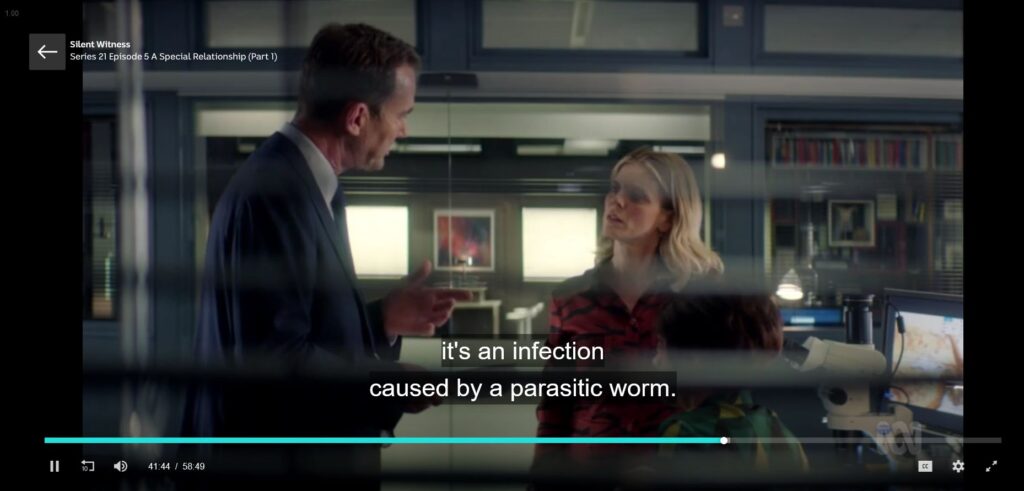
Captions can be defined as the text version of speech and other sound in traditional audio visual media such as films, television, DVDs and online videos. Captions are usually provided to enhance audio content and are typically recognised as benefiting two main groups – people with hearing or learning difficulties and those who come from a non-English speaking background (NESB).
Ongoing research has also shown that captions are beneficial for all audiences.
Captions benefit everyone who watches videos, from younger children to older adults.
Captions are particularly beneficial to persons watching videos in their non-native language, children and adults learning to read, and persons who are D/deaf or hard of hearing.
(Gernsbacher 2015)
Curtin research into the use of captions in higher education has shown this accessibility feature has widespread application and is particularly beneficial for students.
You can read the full report via the link below:
Mainstreaming Captions for Online Lectures in Higher Education in Australia
